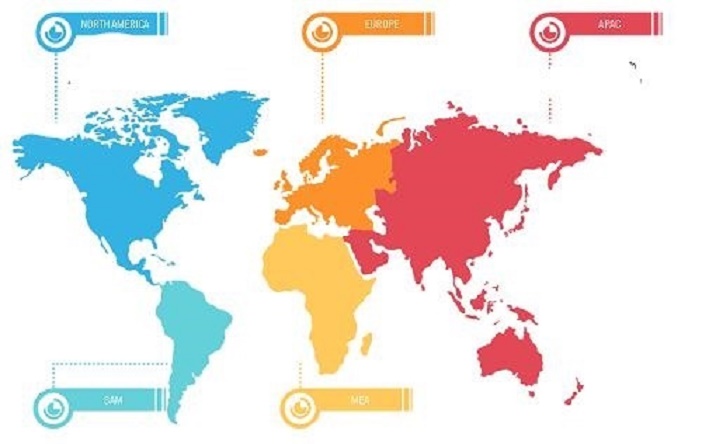Mobile app development has evolved significantly in recent years, with new technologies and tools constantly emerging to streamline the process. However, amidst the growing emphasis on automated testing, the significance of manual testing in mobile app development should not be overlooked. Manual testing plays a crucial role in ensuring the overall quality, functionality, and user experience of a mobile app. In this article, we will explore the importance of manual testing in mobile app development and discuss its various aspects.
Comprehensive Testing
While automated testing can efficiently cover basic scenarios, manual testing offers a more comprehensive approach. Manual testers can simulate real-world scenarios, interactions, and user behaviors that are challenging to automate. This helps in identifying potential issues that might go unnoticed in automated testing, such as usability problems, design flaws, and unexpected user interactions.
User-Centric Testing
Manual testing allows testers to put themselves in the shoes of the end users. Testers can evaluate the app’s user interface, navigation, and overall user experience to ensure that it meets user expectations and is intuitive to use. This user-centric perspective is essential for creating successful mobile apps that resonate with the target audience.
Exploratory Testing
Exploratory testing, a type of manual testing, involves testers actively exploring the app to discover defects, inconsistencies, and unexpected behaviors. Testers can improvise their test scenarios and adapt to changing conditions, making it an ideal approach for uncovering hidden issues that automated tests might miss.
Compatibility Testing
Mobile app development involves targeting a wide range of devices, screen sizes, and operating systems. Manual testing allows testers to verify the app’s compatibility across different devices and configurations, ensuring that it functions correctly on various platforms. This is especially important in the fragmented Android ecosystem.
Real-World Network Conditions
Mobile apps often rely on network connections to fetch data and provide real-time updates. Manual testing allows testers to assess how the app performs under different network conditions, such as slow or unstable connections. This is critical for ensuring that the app remains functional even in less-than-ideal network environments.
Accessibility Testing
Ensuring that a mobile app is accessible to users with disabilities is not only a legal requirement but also a moral imperative. Manual testers can assess the app’s accessibility features and identify areas that may need improvement to make the app more inclusive.
Security Testing
While automated security scanning tools can help detect common vulnerabilities, manual testers can perform in-depth security testing. They can simulate various attack scenarios, test data encryption, and assess the app’s overall security posture to identify potential vulnerabilities that automated tools might overlook.
Usability Testing
Usability testing is a crucial aspect of manual testing that focuses on how easy and pleasant it is for users to interact with the app. Testers can gather feedback from real users and make iterative improvements to enhance the app’s usability, resulting in a better overall user experience.
Regression Testing
Even after automated tests are in place, manual testing plays a role in regression testing. Testers can verify that new features or bug fixes do not introduce unintended side effects in other parts of the app. Manual regression testing ensures that the app remains stable and reliable throughout its development lifecycle.
Human Judgment
One of the most valuable aspects of manual testing is the human judgment factor. Testers can apply their domain knowledge, creativity, and intuition to identify issues that automated tests cannot. They can also provide qualitative feedback that helps developers understand the user perspective better.
Conclusion
At Virtua Technologies, in the rapidly evolving landscape of mobile app development, manual testing remains a vital component of the quality assurance process. Its ability to provide comprehensive, user-centric, and real-world testing ensures that mobile apps meet the highest standards of functionality, usability, security, and accessibility. By combining automated and manual testing approaches, developers can create mobile apps that deliver an exceptional user experience and maintain their integrity in the face of constant changes and challenges in the mobile ecosystem.





